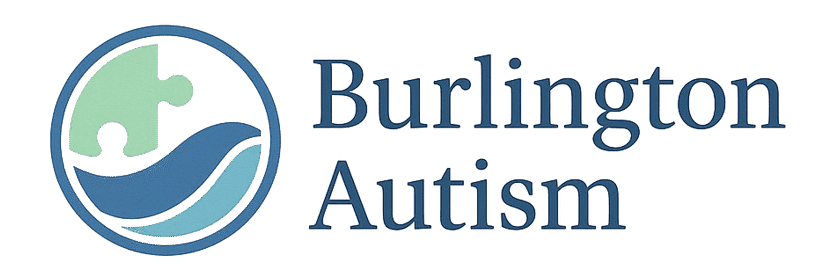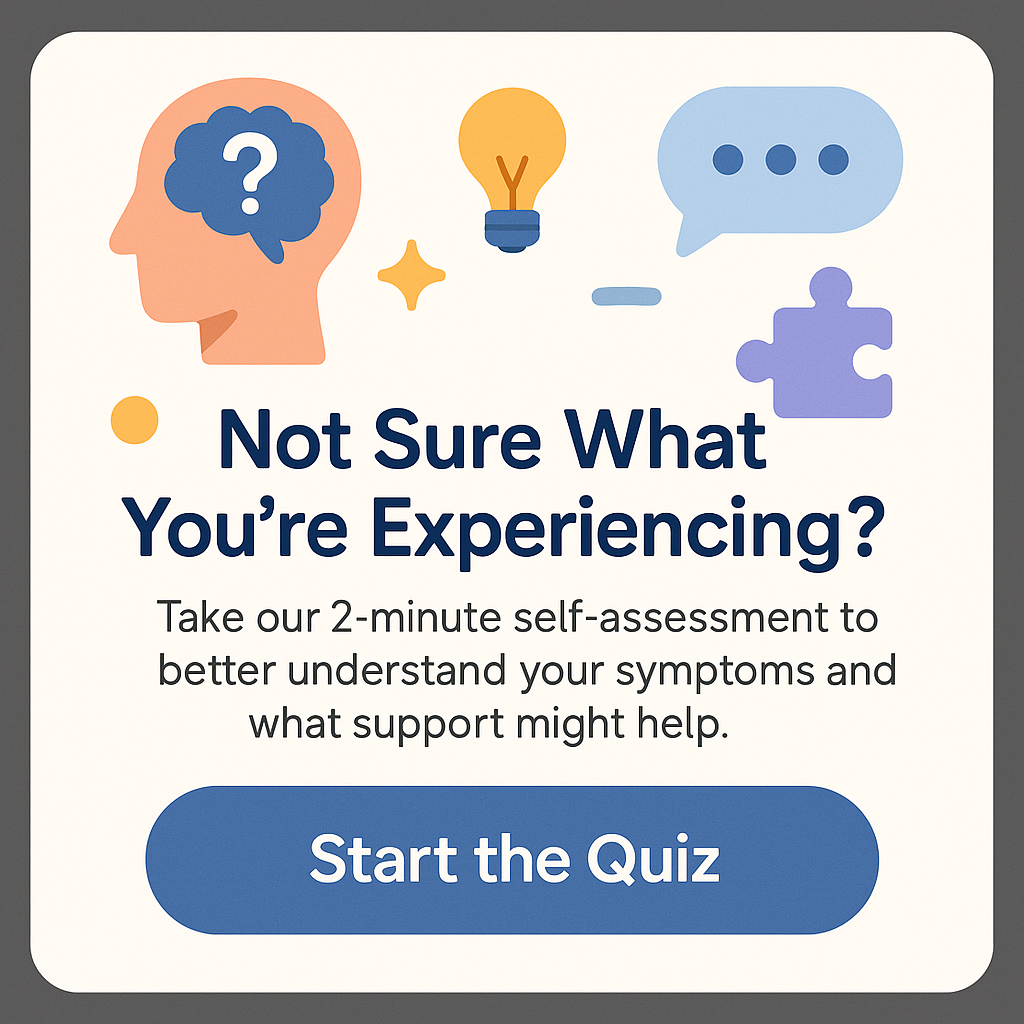Is Autism a Disability? Understanding the Spectrum
Is autism a disability? This question has sparked discussions, debates, and even some confusion among families, educators, and healthcare professionals. For many, the term ‘disability’ is often associated with limitations, challenges, and barriers to functioning within society. However, when it comes to autism, the reality is far more complex. On one hand, autism can present significant challenges that some may classify as disabilities. On the other hand, many on the autism spectrum possess unique abilities and perspectives that can enrich our understanding of the world.
In this article, we dive deep into the myriad aspects of autism, examining whether it should be classified as a disability. We will explore the characteristics of autism, the societal perceptions around it, and the legal definitions that come into play. By shedding light on these elements, we aim to provide a comprehensive perspective that can help demystify autism in the eyes of both those who live with it and those who wish to understand it better. Buckle up as we embark on an enlightening journey!
What is Autism? A Closer Look
Before we tackle the question of whether autism is considered a disability, it’s important to clarify what autism is. Autism, or Autism Spectrum Disorder (ASD), is a range of neurodevelopmental conditions characterized by difficulties in social interaction, communication, and repetitive behaviors. The term “spectrum” reflects the diversity of challenges and strengths that individuals with autism can exhibit.
People on the autism spectrum may have varying degrees of challenges. For example, some may require significant support in daily living, while others may live independently and even excel in fields such as technology and the arts. The diagnostic criteria for autism were updated in the DSM-5 (Diagnostic and Statistical Manual of Mental Disorders, Fifth Edition) to reflect this spectrum nature, recognizing that autism exists in many forms and varies widely from person to person.
This diversity means that, depending on where an individual falls on the spectrum, autism may impact different aspects of their ability to interact with the world. Therefore, understanding autism requires a nuanced approach that takes into account individual differences.
One of the most common concerns surrounding autism relates to its diagnosis and how it is perceived in society. Some people view autism as a disability due to the challenges it presents in traditional social contexts, while others emphasize the strengths of autistic individuals.
As we explore the question of whether autism is a disability, it becomes evident that the answer is not black and white. It invites us to reflect on societal norms surrounding ability and success. The conversation surrounding this topic is ever-evolving and often influenced by cultural, educational, and personal perspectives.
Understanding Autism as a Disability
So, is autism a disability? To understand this question better, we first need to look at the legal definitions and societal implications of disability. Many countries include autism under the umbrella of disabilities due to the way it can limit certain functional aspects of a person’s life.
In the United States, the Americans with Disabilities Act (ADA) defines a disability as a physical or mental impairment that substantially limits one or more major life activities. Autism clearly falls into this category for many individuals, particularly those who face challenges in social interactions, communication, and daily functioning. This legal recognition of autism as a disability facilitates access to essential services, accommodations, and support systems designed to improve quality of life.
However, not every person with autism sees their condition as a disability. In fact, within the autistic community, some prefer to identify as autistic rather than view themselves through the lens of disability. This is a significant distinction. Many autistic individuals view their experiences as part of their identity rather than an issue that needs to be fixed or treated, contributing to the ongoing dialogue about acceptance and understanding.
Parsing through these perspectives helps to broaden our understanding of what it means for someone to have autism. For some, being autistic is a defining trait combined with unique strengths—such as heightened awareness to detail or creativity. It challenges the conventional notion of disabilities while compelling society to consider broader categories of ability and capability.
Furthermore, it’s worth discussing how autism’s classification as a disability can impact the lives of those affected. Many autistic individuals may face barriers in educational settings, employment opportunities, and social engagement due to misconceptions regarding their abilities. Stigmas surrounding disability can often lead to exclusion rather than inclusion, raising significant ethical considerations.
Different Perspectives: Autism in Society
When discussing whether autism is a disability, it’s also crucial to acknowledge the societal perspectives that shape our understanding of the condition. Attitudes towards autism have evolved over the years, moving towards greater acceptance and advocacy. Historically viewed through a medical lens focusing on deficits, recent discourse aims to celebrate neurological diversity.
This shift toward acceptance has been greatly influenced by advocacy groups, individuals on the spectrum, and increased awareness of autism in popular culture. Films, books, and media representation featuring autistic characters have helped to foster empathy and understanding, albeit with varied authenticity. This societal change exemplifies a gradual dismantling of stereotypes, allowing for a richer view of what it means to live with autism.
For example, the rise of “neurodiversity” movements emphasizes that neurological differences should not be defined solely in terms of disability. Supporters argue that society should adapt to accommodate neurological differences, rather than forcing individuals to conform to a singular standard of ability. By embracing neurodiversity, we recognize the array of skills that individuals on the autism spectrum might possess, which could benefit society in unpredictable ways.
Such perspectives challenge the traditional definitions surrounding ability and disability while blending the lines between them. Individuals with autism often display remarkable skills in fields like mathematical calculations, computer programming, and artistic expression, further complicating the simplistic binary of ‘disabled’ versus ‘not disabled.’ Having multiple perspectives helps to enrich the overall experience and understanding of autism.
The Importance of Person-First Language
Language plays a crucial role in how society perceives disabilities, including autism. Person-first language—such as “a person with autism”—is often encouraged to highlight the individual before the condition. This approach promotes respect and dignity, suggesting that someone’s identity extends far beyond their diagnosis. However, many within the autistic community prefer identity-first language—such as “autistic person”—to affirm their condition as an integral part of who they are.
Both perspectives have valid points, and they highlight the ongoing conversation about identity, validation, and autonomy that individuals with autism crave. Language continually shapes our perceptions, so how we speak about autism can influence attitudes and actions toward those on the spectrum.
Another consideration is the need for inclusive practices in educational and workplace settings to accommodate individuals with autism. Schools and organizations can implement various support strategies, from individualized education plans (IEPs) to flexible working arrangements. These measures can help tap into an individual’s strengths while providing the necessary support to manage challenges.
Ultimately, the conversation surrounding autism as a disability hinges on a blend of legal definitions, personal identity, societal perceptions, and the evolving landscape of neurodiversity. To disregard the critical challenges faced by many individuals with autism would be to overlook the nuanced spectrum of the disorder.
Legal and Educational Frameworks Supporting Individuals with Autism
Understanding autism as a disability is also pivotal in shaping policies and practices that support individuals within education and employment settings. Legal distinctions often establish frameworks within which individuals can access necessary services. Autism can hinder one’s ability to thrive academically and professionally, making legal recognitions of autism essential for protection and support.
In the U.S., laws such as the Individuals with Disabilities Education Act (IDEA) ensure that children with disabilities, including those with autism, receive a free and appropriate public education tailored to their needs. These legal frameworks empower families to advocate for their children and create a sense of security in knowing that educational institutions must provide support and resources for autistic students.
However, disparities exist in the application of these laws. Some schools may be ill-equipped to address the diverse needs of autistic students, leading to inadequate support and resources. Understanding autism through the lens of disability reinforces the importance of compliance with these legal frameworks to promote inclusion and equity in education.
In the workplace, the ADA extends protection to individuals with disabilities, including those with autism. This law prevents discrimination based on disability and requires employers to provide reasonable accommodations to support autistic employees effectively. As the workforce increasingly becomes diverse, it’s crucial for employers to recognize the potential contributions of individuals with autism while fostering an environment where they can thrive.
Despite these legal protections, numerous challenges lie ahead. Stereotypes often lead to underemployment or unemployment of autistic individuals, despite their abilities. Employers may remain hesitant to hire or accommodate individuals with autism due to preconceived notions about their capabilities. Thus, the ongoing advocacy to change perceptions and create inclusive workplace cultures is paramount.
Moving Towards Acceptance and Understanding
The journey toward understanding autism as a disability invites ongoing discussions that push boundaries and foster empathy. Whether or not autism is classified strictly as a disability, it remains crucial to view individuals through a holistic lens, appreciating their strengths, challenges, and unique perspectives.
Communities play a significant role in shaping acceptance, fostering environments where autistic individuals feel valued and respected. Through education, awareness campaigns, and celebration of neurodiversity, society can dismantle barriers and create space for autistic voices to flourish.
It’s time to replace the stigma attached to autism with a sense of community, shared understanding, and collaborations. By promoting acceptance, we can empower those on the autism spectrum to embrace their identities without wishing to ‘overcome’ their autism, while still benefiting from the supports that many may require.
Is autism a disability? The answer is layered with complexity and deeply rooted in personal stories. Continuing to ask and engage in this question can bring us closer to a society where everyone feels seen, heard, and respected.
Conclusion
The question of whether autism is a disability doesn’t have a definitive answer. It encompasses various interpretations rooted in individual experiences, societal perspectives, and legal definitions. Autism can create challenges that are undeniably disabling, yet many advocate for its recognition as part of the broader spectrum of human experience, characterized by strengths and differences.
Moving forward, it is vital that society engages with this question thoughtfully and compassionately, recognizing the diversity within the autism spectrum. Individuals should be empowered to define their identity and experience, and the concept of disability should be understood as more than a limitation—it can represent a unique viewpoint that adds to the rich tapestry of human existence.
As we continue to explore and engage in discourse around autism, let’s champion acceptance and understanding. The future is bright when we come together to appreciate the many shades of neurodiversity present in our communities. The dialogue must continue, enhancing awareness and advocacy—because we are all part of the conversation surrounding autism, regardless of where we stand on the spectrum.
FAQs
1. Is autism officially classified as a disability?
Yes, autism is recognized as a disability under various legal frameworks, including the Americans with Disabilities Act (ADA) and educational laws like the Individuals with Disabilities Education Act (IDEA). These laws ensure that individuals with autism receive necessary support and protections.
2. How does autism impact daily life?
Individuals with autism can experience challenges in social interaction, communication, and navigating daily routines. The extent of these challenges varies widely, as autism exists on a spectrum. Many may require support, while others manage independently.
3. Can people with autism lead fulfilling lives?
Absolutely! Many people on the autism spectrum lead fulfilling, successful lives. They often possess unique abilities and insights that contribute positively to their communities and workplaces. With appropriate support, individuals can thrive in a variety of environments.
4. What is neurodiversity?
Neurodiversity is the concept that neurological differences, including autism, should be recognized and respected as a natural variation of human diversity. Advocates of neurodiversity emphasize acceptance rather than cure, focusing on supporting individuals in embracing their unique differences.
5. How can I support individuals with autism?
You can support individuals with autism by promoting understanding, advocating for their needs, and creating inclusive environments in schools and workplaces. Participation in awareness programs and respecting their identities also contributes to an accepting community.
What is Autism Mistaken For? Understanding Common Misconceptions
Understanding Therapeutic Dogs for Autism: A Comprehensive Guide
Is ADHD a Form of Autism? Understanding the Differences and Similarities







